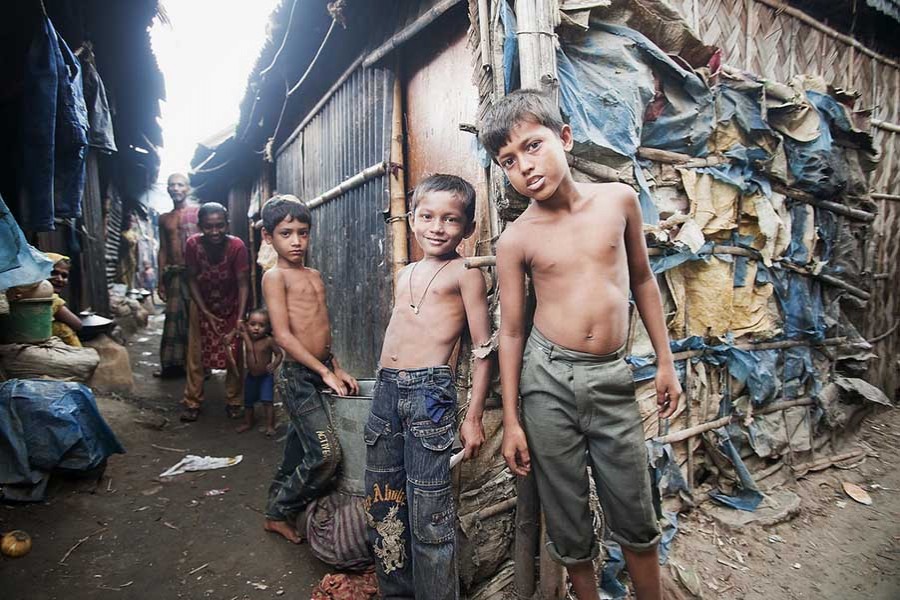The outcome of a study on child feeding practices and nutrition carried out by the International Centre for Diarrhoeal Diseases Research, Bangladesh (ICDDRB) could be surprising if it had been otherwise. Here the focus, understandably, was on infants aged between six months and 24 months when supplementary food is given in addition to breast-feeding. The food samples collected just before those were ready for feeding have revealed that 86 per cent of those contain harmful bacteria. E coli, responsible for diarrhoea, has been found in 30 per cent of the food samples for the young ones. This explains why diarrhoea is more prevalent in the city's slums than elsewhere. Unless the food is stale, it should not be contaminated on such a large scale. Then what is the source of the contamination?
Apart from the substandard food and the method of preparation, the handling and feeding practices matter. It is on this count, mothers or others who feed the children falter and their fault proves highly costly for their young ones. It is alarming that 67 per cent of mothers cleaning their infants after the latter's defecation do not wash hands with soap and 95 per cent do not do so before preparing food or feeding the babies. Also importantly, the water they use and drink are boiled or otherwise purified in rare cases. No wonder, water has been detected to be contaminated in cent per cent cases. Clearly, more than the quality of food in terms of nutrition, it is the hygienic aspect that plays the major role in bringing down the overall standard of foods. If the foods were prepared in a hygienic condition, at least the contamination and consequent attack from diseases could be avoided. Here the number one candidate for improvement is certainly water.
In the prevailing situation, nutrition of slum children is grossly undermined by diseases they suffer. They usually suffer from diarrhoea and other intestinal diseases and because they suffer repeatedly, their digestive power gets badly affected. This leaves such children severely affected by malnutrition. How widely malnutrition is prevalent there can be shown by its high incidence in slums. Whereas 33 per cent is the national average of shorter children, as high as 58 per cent of the slum children are shorter.
Its long-term consequence can be disastrous for the nation. Of the 18 million people living in Dhaka city, 35 per cent are slum-dwellers. There are slums in other towns and cities. With increasing urbanisation, the slum population will go up further. Now if the trend of increasing malnutrition continues, there will be not only one but several lost generations in the process. The shorter slum people are not expected to raise the standard of their living radically in order to bring about the changes necessary for reversing the course. Here the government and international agencies' intervention will be necessary. First, supply of safe water both for drinking and food preparation has to be ensured. Then a massive campaign, if necessary with distribution of hygienic soap for washing hands when necessary, has to be carried out. Thus the disaster waiting to unfold may be avoided.


